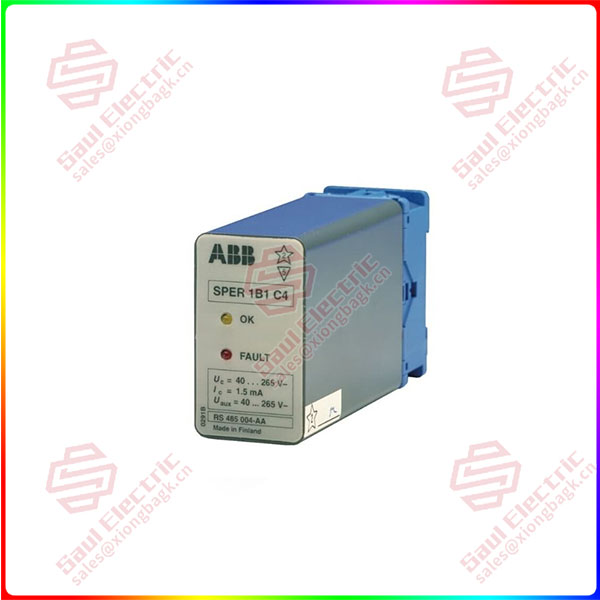The protracted “Fieldbus War”
At first, the most promising to unify the fieldbus standard was Germany’s Profibus and France’s FIP, which completed the standardization work at their respective national level and submitted the results to the International Electrotechnical Commission for international standardization.
However, the technical approaches of the two systems are quite different.
Profibus is based on distributed control idea and supports vertical communication, while FIP designs a central control scheme for horizontal communication. The two bus teams are opposed to each other, who is not satisfied with who, and the unified agreement standard is therefore delayed.
However, although the technical approaches are different, Profibus and FIP are complementary in terms of application areas. Therefore, an expert group proposed to develop a new universal fieldbus based on the advantages of Profibus and FIP.
However, due to strategic reasons, the development of the new bus was abandoned before it reached the mature stage.
While the Europeans could not agree, the Americans also joined the war. ISA/SP50, the Standards and Implementation Working Group of the American Instrumentation Association (ISA), led the development of fieldbus standards in the late 1980s.

SPER1B1C4
Germany and France, which are not convinced by each other, naturally do not want to accept the situation dominated by the United States. As a result, Germany, France and the United States have been deadlocked, and the standardization of the fieldbus has fallen into a complete stalemate. And an even bigger mess is on the way.
For the sake of market interests, giant companies in Europe and the United States have developed and promoted their own fieldbus products, and various field standards have been born.
◉ In 1986, Germany introduced the Profibus process fieldbus standard.
◉ In 1990, Echelon introduced its LonWorks fieldbus product.
◉ In 1992, 80 companies, including Siemens, Rosemount, ABB, Foxboro, and Yokogawa, formed the ISP (Interoperable System Project) Association to develop standards based on Profibus.
◉ In 1993, Honywell, Bailey and others established the WorldFIP Association, with 120 companies participating, to formulate standards based on the French standard FIP (Factor Insrtumentation Protoco1).
◉ In 1994, ISP and WorldFIP (North America) formed the Fieldbus Foundation (FF).
◉ In 1996, FF published the H1 standard for low-speed bus, and installed a demonstration system to interconnect the FF compliant equipment of different manufacturers to form a control system and communication network, so that the H1 low-speed bus began to enter the practical stage.
The time came on June 15, 1999, when the once-silent IEC proposed a new solution: reconciliation. It brokered a settlement agreement signed on July 16 by representatives of several major fieldbus standards.
 1 Year Warranty
1 Year Warranty




